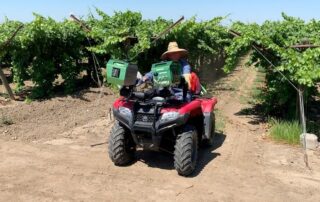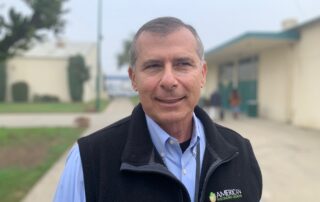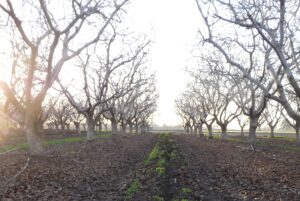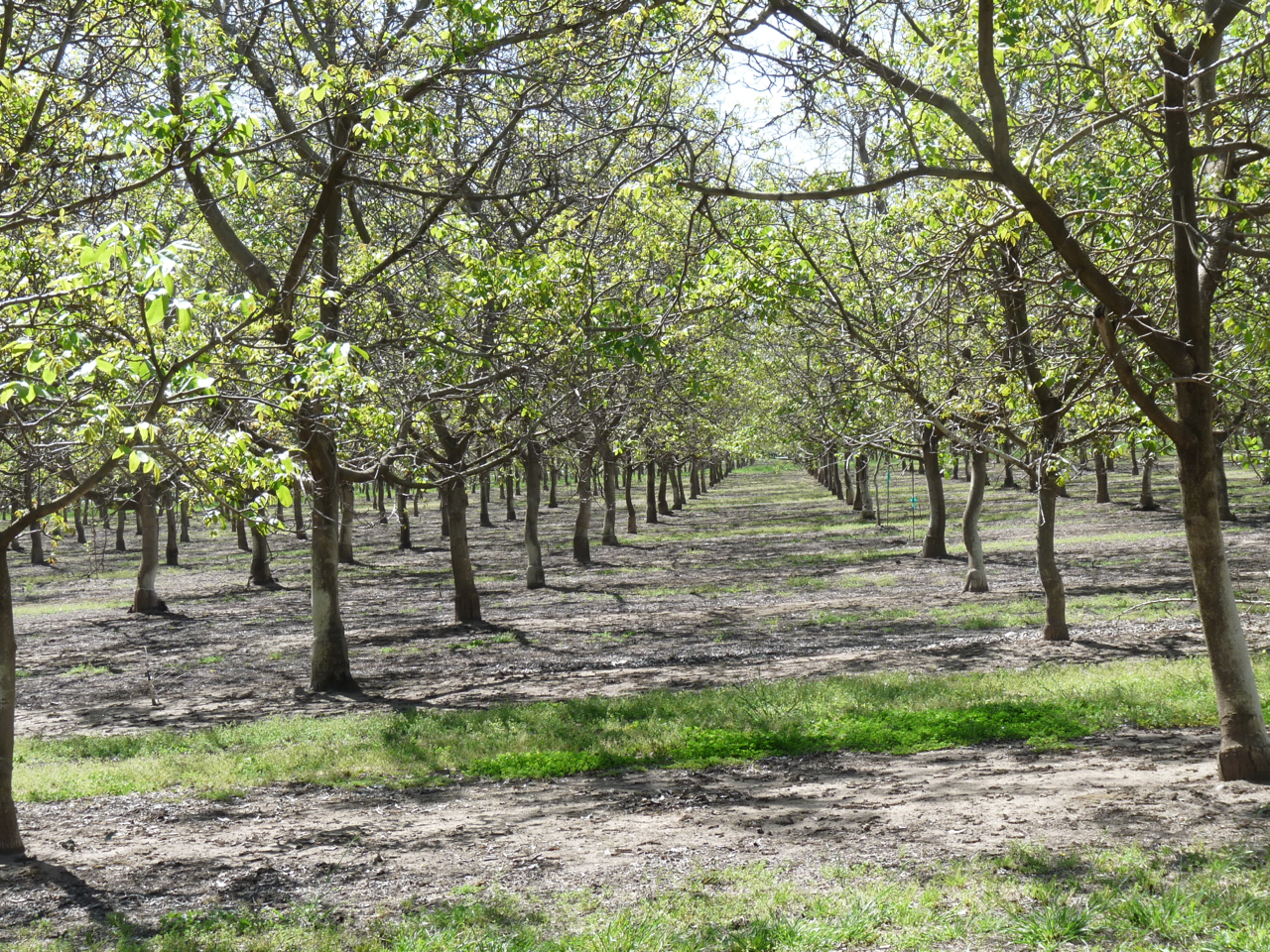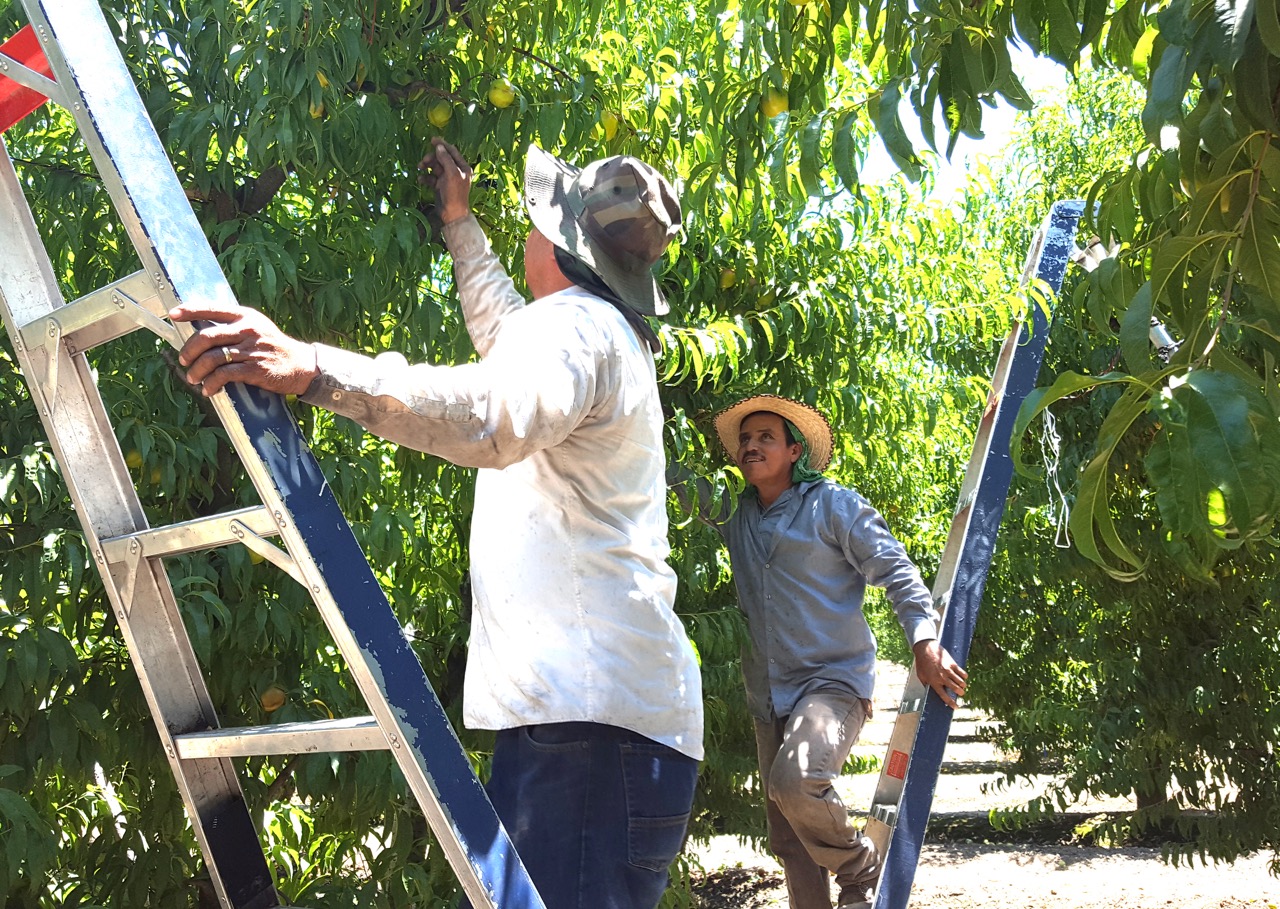Harris Farms, Inc. Announces New Chief Executive Officer
Mr. John C. Harris, Chairman of Harris Farms, Inc. Appoints Darren Filkins as CEO
By Suzanne Devereaux, Harris Farms
Harris Farms, Inc., a diversified farming and hospitality company founded in 1937, based near Coalinga, CA, announced that Darren Filkins has been appointed Chief Executive Officer. He will report directly to John C. Harris, the Chairman of Harris Farms, Inc. and the Harris Farms, Inc. Board of Directors. As CEO, Filkins, a graduate of California Polytechnic State University, San Luis Obispo, will oversee all of Harris’ operations, including the company’s farming, hospitality, and thoroughbred horse division.
“I am very pleased and excited that Darren is joining our team as CEO,” said John C. Harris, “Darren is a proven and enthusiastic leader who will inspire our wonderful employees and enable Harris Farms to capitalize on its many strategic opportunities.” As Chairman, Harris will be focused on oversight and strategic planning.
“I am deeply honored to be joining Harris Farms. Mr. Harris and his management team have created a very special company that prides itself on quality, respect for people, and the thoughtful stewardship of natural resources. Harris Farms will always provide the highest quality products, exemplary customer service, and a steadfast commitment to our employees and community. Each of our existing business divisions has compelling opportunities to capitalize upon and I look forward to pursuing exciting new ventures that will further accelerate our growth and utilize our diverse resources,” said Filkins.
Harris Farms, Inc. was founded in 1937 by John Harris’ parents, Jack and Teresa Harris, on the westside of the San Joaquin Valley. Over the decades, the company has dramatically expanded its agricultural operations which now encompasses several thousand acres spanning over three farming locations. The company has also grown to include the Inn at Harris Ranch, three dine-in restaurants, Express BBQ, FastTrack convenience store, and airport. The Harris Ranch Inn and Restaurant is a landmark that enables Harris’ agricultural businesses to interface with the traveling public, as well as a devoted local clientele. Opened in 1977, Harris Ranch Restaurant serves about 500,000 people per year and has won numerous culinary awards. Harris Farm’s thoroughbred horse division has been a leading training and breeding farm for decades and raised amongst others, Horses of the Year, California Chrome and Tiznow.





